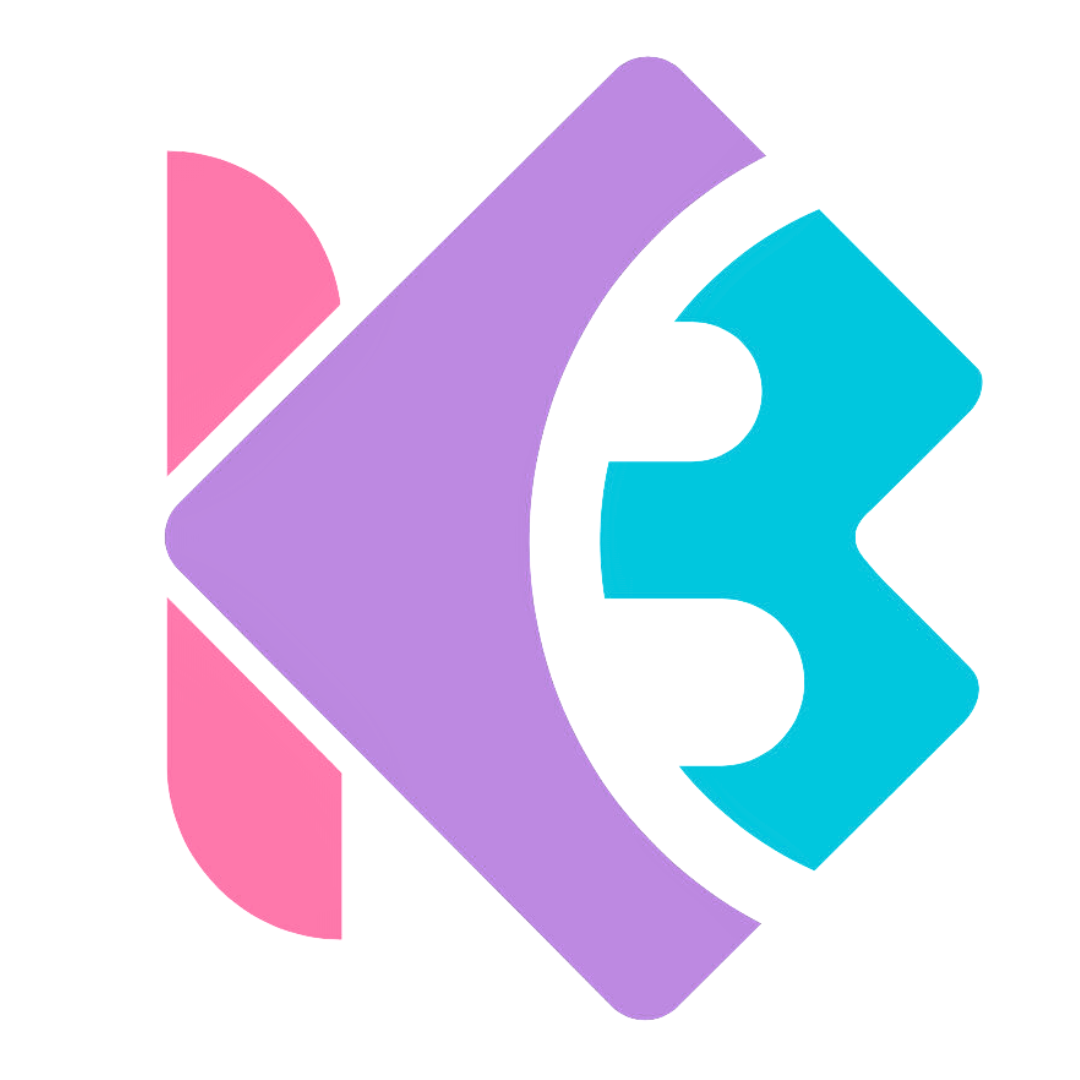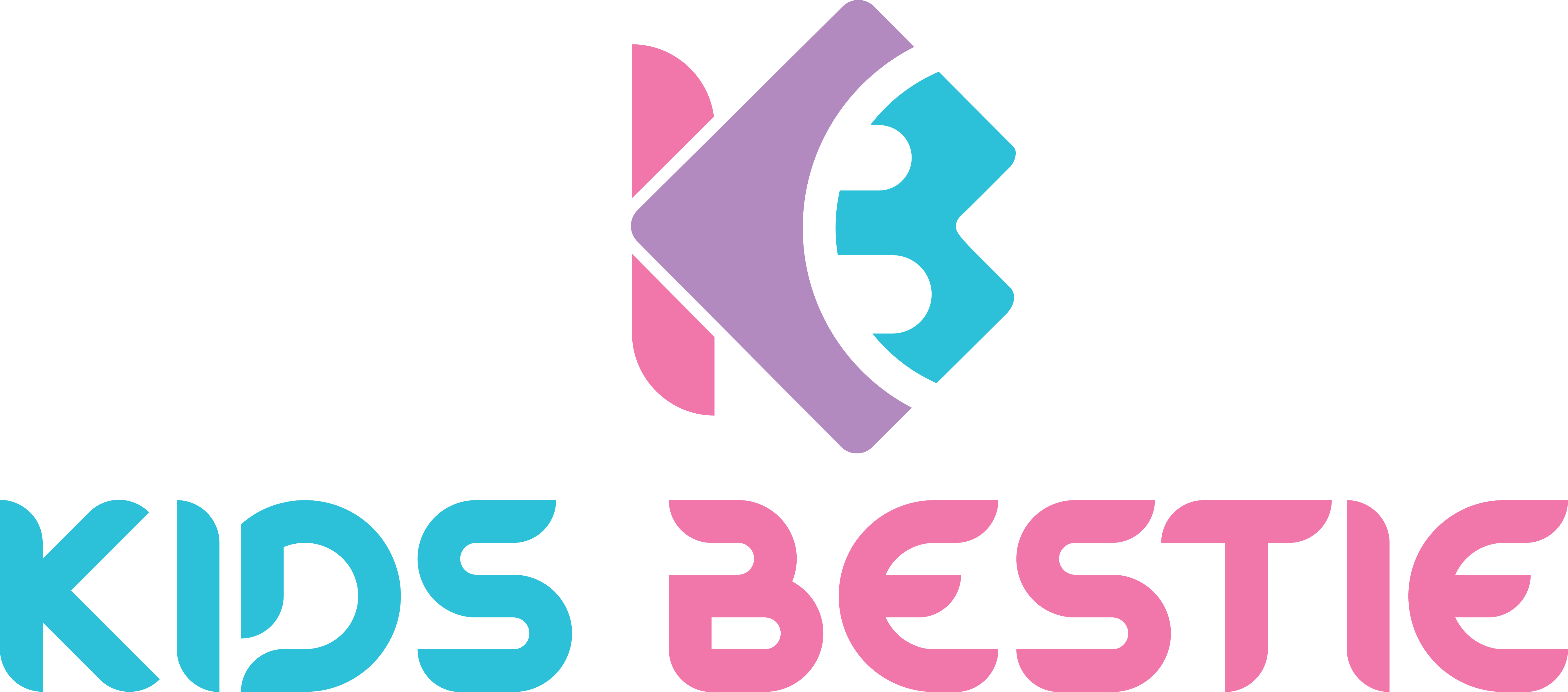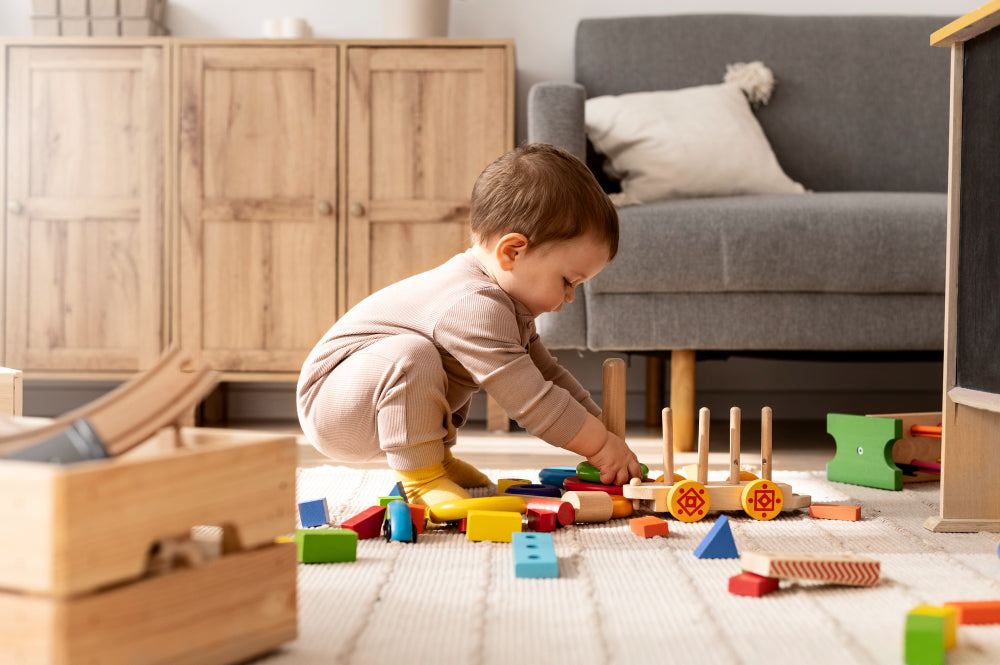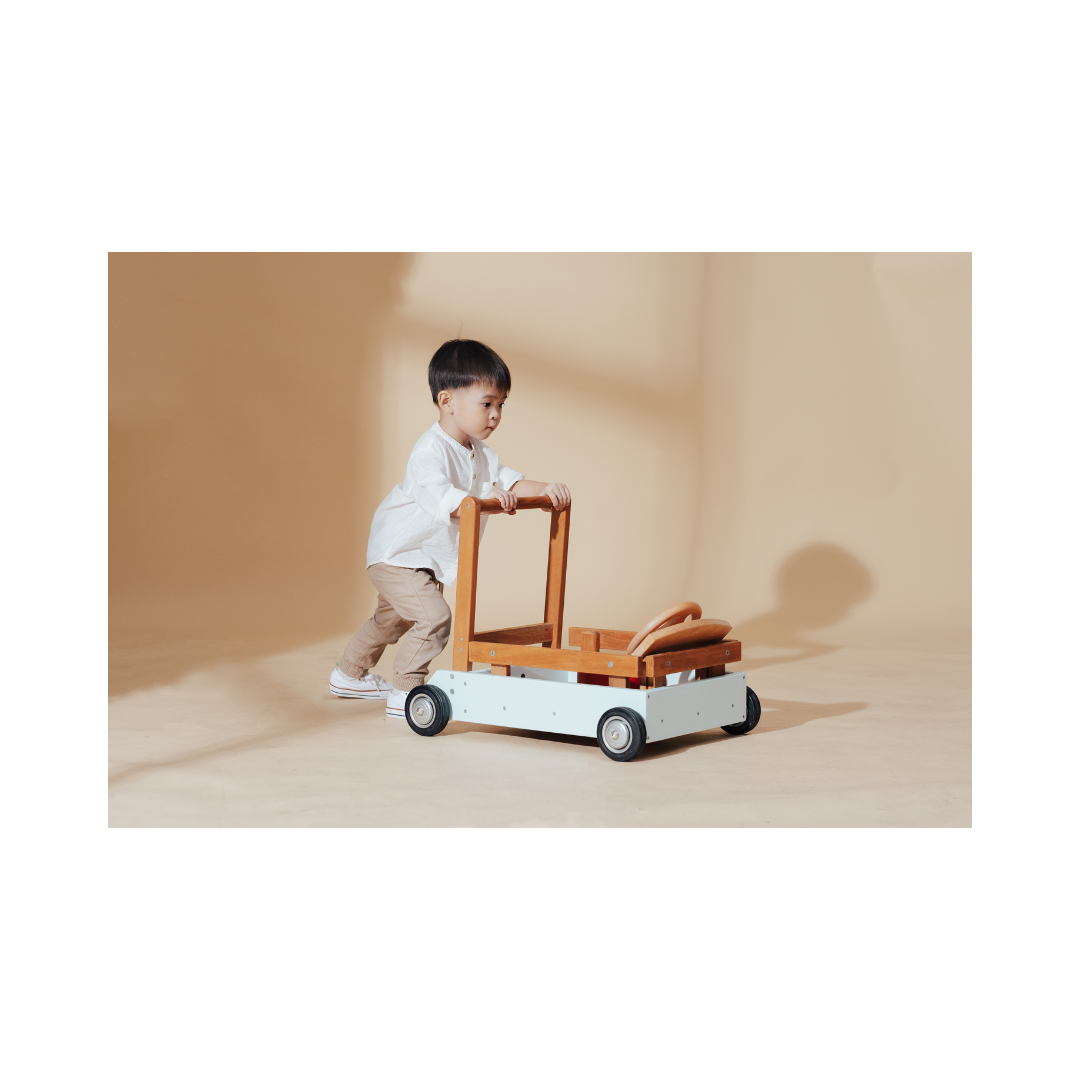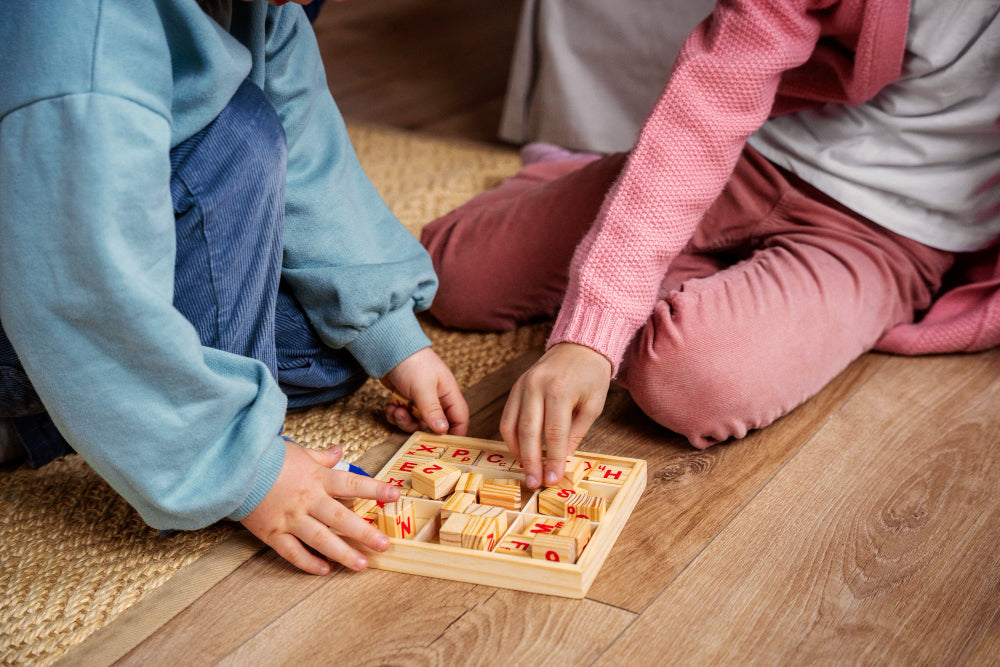
Educational Benefits of Wooden Boards for Kids
The KidsBestie wooden boards are made of kid safe and non-toxic materials and sealed to endure rough playing with kids.
When seeking ways to enrich the playing process, parents who appreciate the advantages of wooden toys in the life of children tend to find the amazing educational value of wooden boards, which are made specially to suit children. KidsBestie has a collection of such interactive learning boards that stimulate the minds of young people and enhance the necessary developmental skills. In addition to their attractive design and quality, wooden boards can offer a multi-sensory, tactic approach to early education, which promotes cognitive, motor, and social development.
Facilitates Cognitive Growth
Wooden boards will stimulate the curiosity and critical thinking by presenting the numbers and letters, shapes and colors in the interesting way. Children get to socialize with one another through moving pieces, puzzles, matching shapes, which develops problem  solving skills and improves memory. Practical knowledge such as time telling, weather patterns, days of the week and changing of seasons is taught in many boards and this provides a balanced cognitive work out which brings in a real world learning into a playful environment.
solving skills and improves memory. Practical knowledge such as time telling, weather patterns, days of the week and changing of seasons is taught in many boards and this provides a balanced cognitive work out which brings in a real world learning into a playful environment.
Improves Fine Motor Skills and Hand-Eye Co-ordination
Precision and control are needed in manipulating the pieces of wooden boards, whether it is fitting shapes, turning dials, or lifting sliders, and are important in assisting toddlers to gain skills in fine motor actions and hand-eye coordination. These are the essential skills needed in everyday chores like writing, buttoning clothes and use of utensils. Wood has a tactile quality, which gives a pleasurable sensory experience and also involves the development of touch and grip in the children.
Acquires Social and Language Skills
Wooden learning boards is a good interaction between parent and child or peer. Caregivers have an opportunity to lead children in the activities at the board, develop vocabulary by naming shapes and objects as well as communicate. Cooperative play with other siblings or friends develops socialization skills such as sharing, turn-taking, and cooperation-the basis of school readiness.
Promotes Visual and Sensory Discovery
The visual and sensual development is provoked by the use of saturated colors and natural wood texture. Children also learn how to distinguish colors, patterns, and textures, and their senses become more efficient to integrate. The aestheticism of wood boards captures the attention of children and makes them play with purpose and focus, which also provides a good learning experience.
Fosters Sensibility and Focus
Sustained attention and patience are needed to complete activities on the wooden boards, e.g. puzzles or calendar blocks. This will assist children in creating their focus in the long run of time, and this will be useful in every learning circumstance. The trial and error experiences teach to be strong and to persist since toddlers are taught how to do things on their own.
Safe, Durable and Eco-Friendly Choice
The KidsBestie wooden boards are made of kid safe and non-toxic materials and sealed to endure rough playing with kids. They can help people escape the traps of the plastic toys through being biodegradable, sustainable, and chemical-free, and thus a better choice by the families with the environmental effect in mind. They are durable and can be used repeatedly as they can be treasured family heirloom toys.
Wooden boards present a unique learning experience, sense, and safety. Purchasing KidsBestie wooden boards with kids, parents choose the toys which contribute to the healthy growth of mind and body and respect the sustainability as these boards are the best tools to make kids happy and able to learn something significant.
Why Wooden Boards? 
This trend is ideally aligned with the concept of mindful parenting, because educative play with wooden boards is a great idea. These boards supplement digital education tools as they entail practical interaction, tactile learning, and creative exploration. They are multi-functional and suit the innate desire of children to explore and offer a holistic base of knowledge acquisition.
FAQs
Q1. Which age group would most suitably use wooden educational boards?
The learning boards made of wood are normally applicable to toddlers or preschoolers between the age of 2-6 years and can be adjusted to the different developmental stages.
Q2. What is the comparison of wooden boards and electronic learning toys?
Wooden boards are a tactile, open-ended exploration and social interaction and do not encourage passive screen time, which encourages creativity and problem-solving.
Q3. Can these boards be safe to every child?
Yes, they are constructed using non-toxic materials, rounded edges, and solid construction in order to make them play safely.
Q4. Is it possible to use wooden boards to support language development?
Absolutely. Interactive boards do give new vocabulary, promote communication, and assist in early literacy.
Q5. What can parents do to include wooden boards in their play?
Parents also have a role to play in making the children do activities, posing questions and also inviting them to share their stories in order to increase the levels of engagement.
